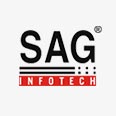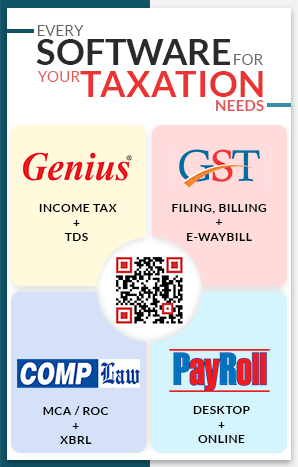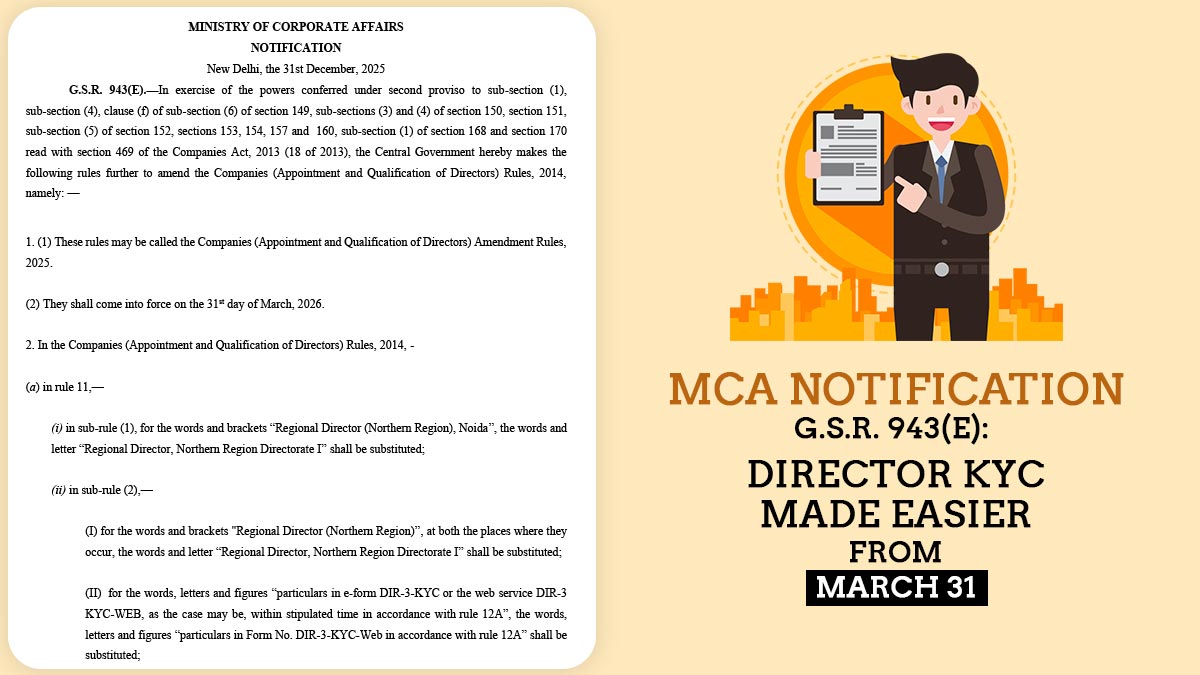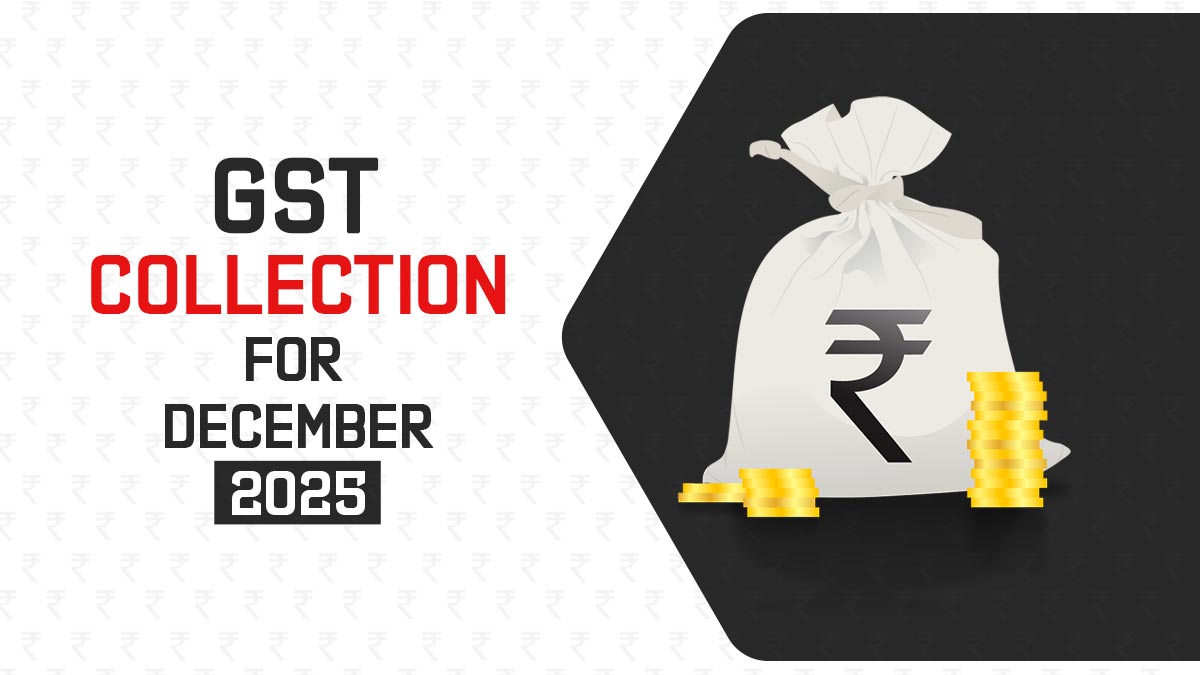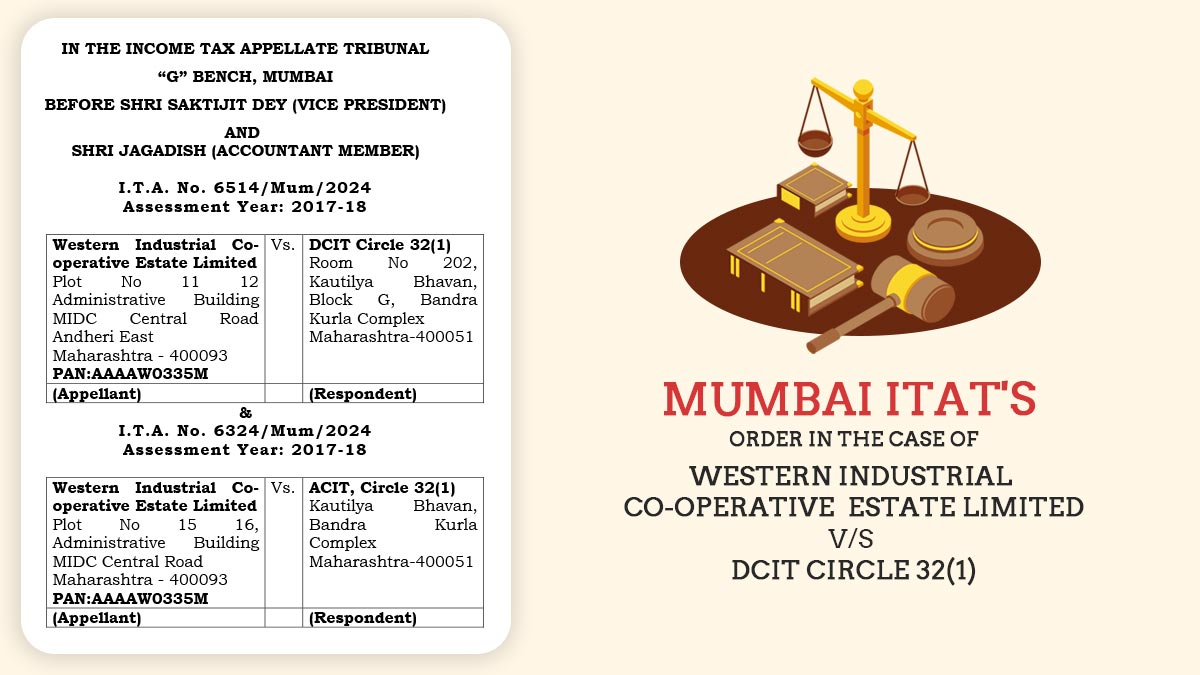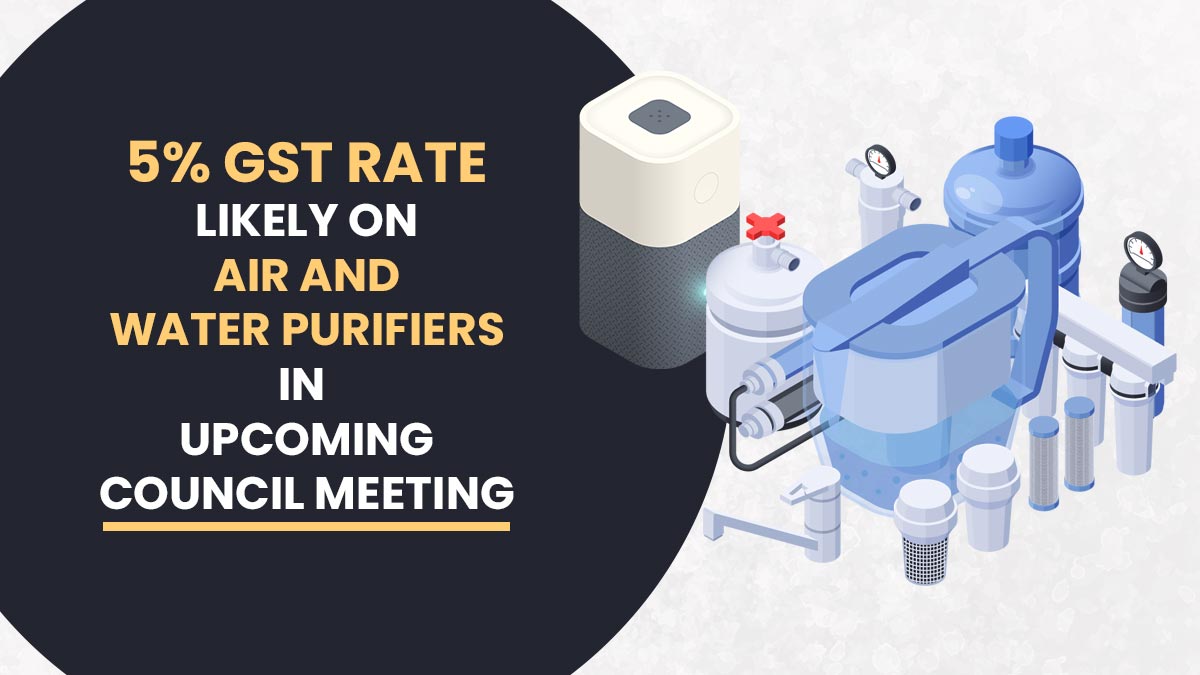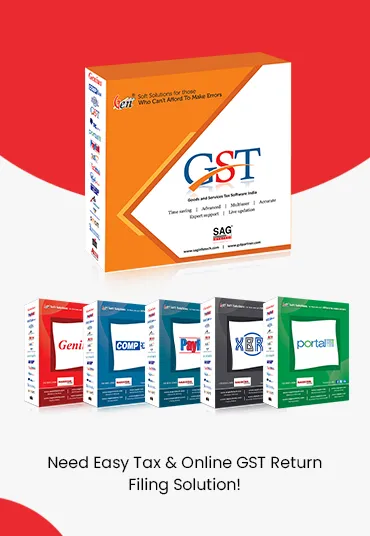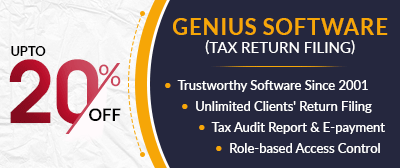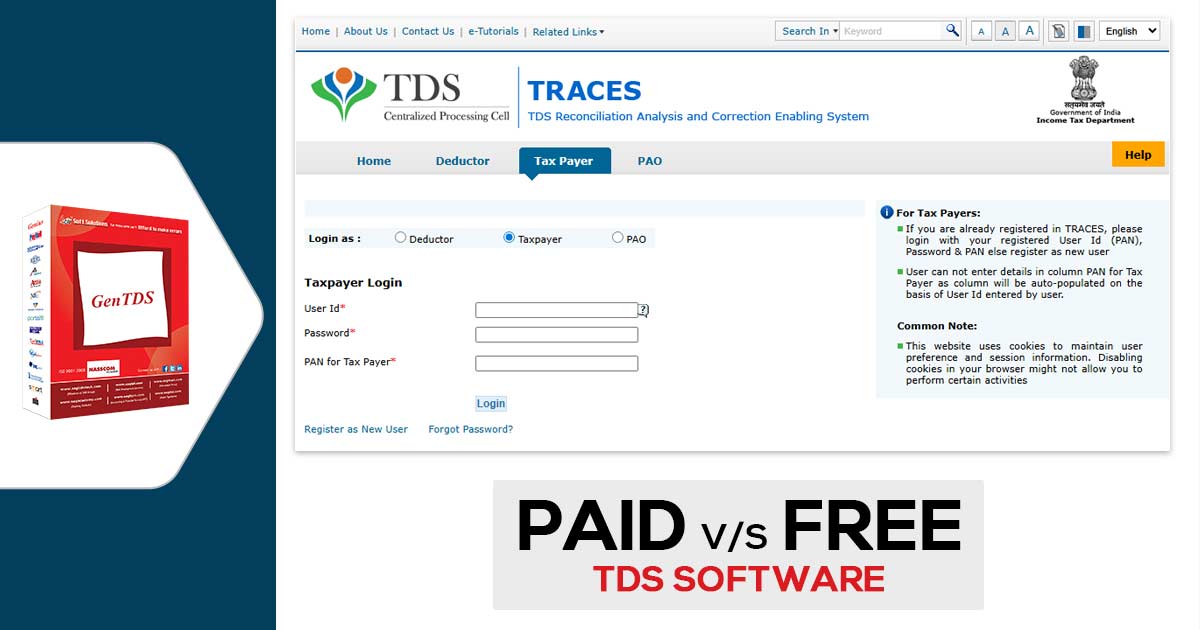
As digital tax regulations evolve, both businesses and individuals are increasingly adopting TDS (Tax Deducted at Source) software to simplify tax compliance and reporting. Now the question arises whether to choose free TDS software or pay for a premium version. Each option has its advantages, though determining the suitable one depends on your needs, budget, and your operation.
The blog furnishes a comparison to help you determine between the free and paid TDS software solutions.
What is TDS Software?
TDS software streamlines in management of taxes for people and businesses in India. Computing tax payments, tax return filing on time, and completing forms are the tasks that can be automated under the software. It also ensures everyone follows the norms specified by tax authorities.
The use of reliable software can save your time and assist in preventing penalties, as there are rigid rules of taxes and fines for late submissions, as specified by the government.
Free TDS Software: Pros and Cons
For TDS software, free options are available, along with the tools furnished by the government, such as the TRACES and NSDL Return Preparation Utility. Small businesses and individual taxpayers often use these.
Advantages of Free TDS Software
- No Cost: The benefit of it is that these tools are free, which is effective for small businesses or freelancers who desire to save money.
- Up-to-Date: To align with the latest tax norms, the tools of the government are updated regularly, so you can ensure that you are complying with the law appropriately.
- Simplicity: They propose basic features that function effectively for simple tax returns and managing smaller amounts of data.
Disadvantages of Free TDS Software
- Limited Features: Free tools do not contain supportive features such as automation (doing things automatically), the capability to upload lots of files at once, or systems to catch mistakes.
- Manual Effort: Often, you are required to perform multiple tasks manually that consume much time and are prone to errors.
- No Dedicated Support: You, on encountering issues, need to depend on assistance from online community forums or general help pages, rather than getting direct assistance.
- Not Scalable: Free tools are unable to manage multiple transactions or complicated organisational needs, which implies they may not grow with your requirements.
Paid TDS Software: Why It Might Be Worth the Investment?
Paid TDS Software Solutions proposes advanced features that are made for professionals, tax consultants, and businesses with frequent or complex TDS filings.
Advantages of Paid TDS Software
- Automation and Accuracy: Premium software options provide auto-calculation of interest, late fees, and form generation, which lessens human error.
- Bulk Data Handling: It can efficiently handle high transaction volumes, with features like bulk PAN validation, challan verification, and file import.
- Integrated Compliance: Often, paid tools sync with accounting software and the Income Tax portal, proposing end-to-end filing solutions.
- Customer Support: Dedicated assistance provides resolution of problems, necessary during filing deadlines.
- Audit Trails and Reports: Advanced analytics and report-generation support in audit readiness and internal reviews.
Disadvantages of Paid TDS Software
- Cost: For micro or small businesses, subscription-based or one-time licensing fees can become a barrier.
- Learning Curve: Some initial learning or training is required for advanced features, especially for non-tech-savvy users.
Factors to Consider Before Choosing
The points below should be comprehended before choosing between free and paid TDS (Tax Deducted at Source) software.
- Number of Transactions: Paid software saves time and effort for multiple transactions of businesses compared to managing everything manually.
- Business Complexity: Paid software can propose more features if your company has several branches or different types of employees.
- Budget: Free tools are good for you if you have a lower budget and have easier tax filing requirements.
- Risk of Errors: The possibility of mistakes that result in penalties shall be facilitated under the paid software that provides error checks and reminders for approaching deadlines.
- Support: Paid software comes with appropriate customer service options that can support you with quick assistance or dedicated support.
Through learning the above factors, you can easily choose the suitable software for your requirements.
Difference Between Free vs TDS Software

Closure: You must think beyond price if appropriately considering the software option between the free and paid software for managing Tax Deducted at Source (TDS). It impacts the way you comply with the tax rules, working efficiency, and how much peace of mind you have.
Free software for individuals and very small businesses with simple needs is an effective option for your work. But when your business grows, the consideration of the paid TDS software is beneficial. Features like accuracy and professional support are being offered by the paid software that supports you in handling your taxes.
Lastly, the perfect choice lies with your requirement to choose the best software that fulfils it and makes you stay compliant with tax regulations.
